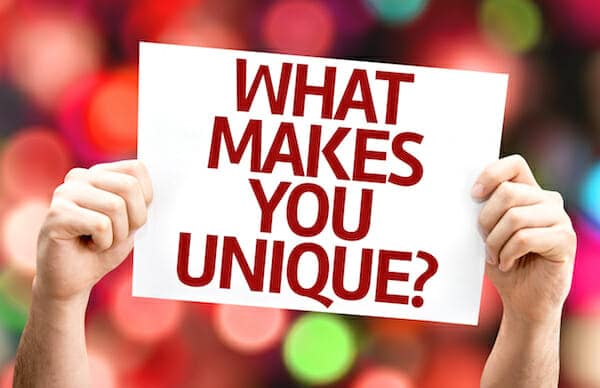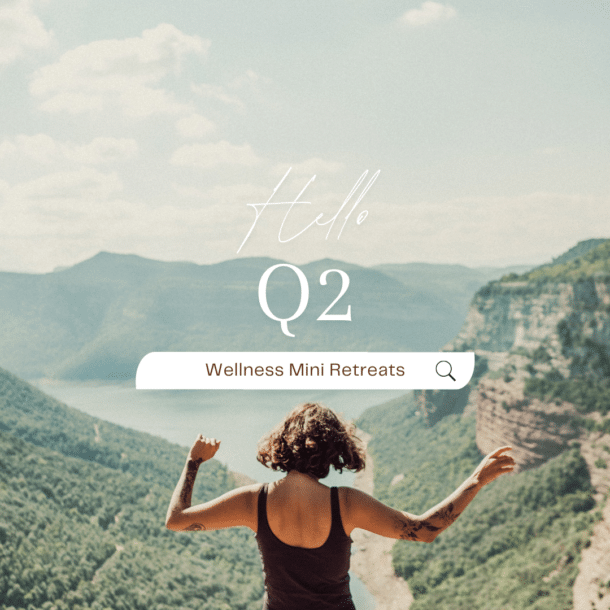How to develop your personal brand and use it.
A new year is right around the corner. You or someone you know may be thinking that they need or want to do something different and need help refining their personal brand.
One of my friends has engaged a mentor because she is contemplating the next step in her career and felt the need for guidance. We went for a walk and when I asked what was new, she told me about her recent meeting with her mentor. Her mentor suggested that she develop her brand attributes and establish a schedule for regular blog posts. It was clear that she didn’t know how to start.
I’ve outlined the plan we talked through during our walk this weekend. It’s designed to be done over the course of a year. You may be able to do it faster if you’re really motivated.
Establishing a personal brand
If you’ve been hired to do a job, a project, a gig of some sort then you already have a brand. It’s the reason people chose you over all the other people applying, pitching or trying out for the gig. Do you know why they chose you and not someone else?
The first step to developing your brand is to understand why someone chooses you. If you’re not sure — ask your your boss or your client — why they chose you.
The plan
Not many people other than those sales likely think of life in quarters, but it helps focus your efforts and provides a specific timeframe to evaluate the results. Thinking in quarters, we talked through a plan to develop her brand so that she’s ready to start the new year.
Q1: Discovery
Collect the information needed to define what and who. During the first quarter, my friend is tasked with talking to at least three (3) people that she has worked for in the past to learn why they chose her and what she did that they valued most. Consider the person that you’re speaking with whether they are or were your manager, client, colleague or co-worker to frame your questions in a way that draws out the answers you need.
Remember, you’re not looking for flattery but rather honest input about the value you bring to the organization, department, project, team or whatever is relevant to your relationship with that person. Your job is to uncover the attributes that they find valuable so that in the future you can identify others like them that will realize similar value.
Q2: Review the feedback
Define what and who. During the second quarter, my friend will be reviewing all of the responses carefully to distill the themes. She needs to identify the cross section of what people value and what she likes to do and wants to do next to uncover the “what”.
Some of the answers may be revealed quickly and others may be harder to distill. People at different stages of their career, different levels and with different backgrounds will likely respond differently which is why you have to look for the common threads or themes. If the answers you need aren’t clear, ask more questions, speak with additional people or do some research about the field to get the needed clarity.
Q3: Test your work
Publish a few blog posts. During the third quarter, my friend will be writing and publishing a few blog posts to test her hypothesis of “what” and “who”. The tone of her posts will also help develop the “personality” of her brand and flush out a manageable publishing schedule.
Blogging is no easy task which is why many companies outsource the work to professional writers. If you haven’t done much writing in a while, start slow and don’t be too critical of your work. It’s a skill that gets better with time. Publishing has never been easier with so many different social networking sites.
Q4: Commit to your Brand
If everything has gone well in Q1 — Q3, my friend will be ready to formalize her “brand attributes” next year at this time. Brand attributes are the foundation of the brand and include the name [if different than her own], logo, personality and pricing.
Brand Attributes
Knowing your brand attributes is just as important if you’re looking for your next job.
Photo: Your logo may be a professional photo that you can use on a blog and all social sites you choose to share your ideas, case studies and examples of your work.
Posts: Your personality should come through in your posts so that people hiring you or who will be working with you, get a sense of you before you ever step foot through the door.
Pricing: Your pricing should be reflected in the compensation package you negotiate. Understanding the fair market value of your work is the first step in negotiating a fair package.
I hope the process outlined above makes it easier for you or at least gives you some ideas of how to start.
Contact Us
We're interested in partnerships with brands that share our interests and values.
Create a Free Account
Receive weekly emails with workouts, tips & offers to help you live more vibrantly.



